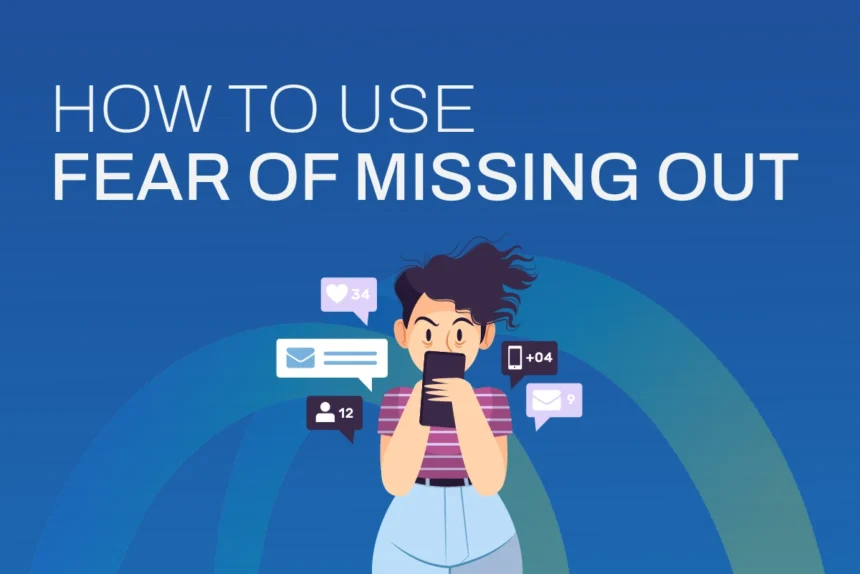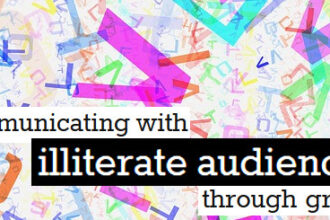The Psychology of Scarcity in Email Campaigns: How FOMO Drives Conversions in 2025
Scarcity is one of the most powerful tools in online marketing. Its roots go deep into how humans think and feel. When used correctly in email campaigns, it can turn simple messages into big sales. Understanding the psychological reasons behind scarcity helps marketers craft emails that get opened and acted upon. This article explores how scarcity taps into human emotions to boost engagement and increase conversions.
- The Psychology of Scarcity in Email Campaigns: How FOMO Drives Conversions in 2025
- Understanding Scarcity as a Psychological Principle
- How Scarcity Influences Consumer Behavior in Email Marketing
- Best Practices for Incorporating Scarcity in Email Campaigns
- Dont miss: Best Digital Marketing Agencies: Who’s Really Delivering Results?
- Real-World Examples of Successful Scarcity-Driven Email Campaigns
- Potential Pitfalls and Ethical Considerations
- Key Takeaways and Actionable Tips
- Conclusion
Understanding Scarcity as a Psychological Principle
What Is Scarcity and Why Does It Matter?
Scarcity in marketing means making something seem limited. It might be a limited number of products, a short sale window, or exclusive access. When customers believe an offer is rare, they value it more. This feeling can push them to act fast before they miss out entirely.
The Psychological Foundations of Scarcity
The idea behind scarcity relies on human instincts. One big reason is loss aversion — people hate losing something they want. Another is the Fear of Missing Out (FOMO), which is the worry that others will get something better or sooner. Behavioral economics, like Prospect Theory, shows that we give more weight to potential losses than to gains. Scarcity plays on this by making opportunities feel like they could disappear at any moment.
Types of Scarcity Used in Email Campaigns
Marketers use different ways to create scarcity. Some common types include:
- Limited-time offers: Discounts or deals ending soon.
- Limited-quantity alerts: Only a few items left in stock.
- Exclusive access or VIP programs: Special groups get early or unique benefits.
Each method aims to make recipients feel they need to act now to avoid missing out.
How Scarcity Influences Consumer Behavior in Email Marketing
The Impact of Scarcity on Decision-Making
Scarcity activates cognitive biases that speed up decision-making. When something feels urgent, people tend to ignore typical hesitation and act on impulse. The fear of losing a chance makes the brain focus on immediate action rather than overthinking.
FOMO and Its Role in Increasing Engagement
FOMO fuels people’s desire to join in. If they think others are getting exclusive access or limited deals, they feel pressured to participate before it’s too late. This creates a sense of urgency and excitement that pushes recipients to open, click, and buy.
Example: An email from a clothing store with subject line: “Hurry! Only 3 Hours Left for 50% Off!” taps into FOMO, encouraging quick purchases.
Consumer Psychology and Perceived Value
Scarcity makes products feel more valuable. When a supply is shown as limited, buyers assume it’s special or high quality. Many studies confirm this — people often value scarce items more than those that are abundant. Scarcity increases perceived worth and motivates buyers to act fast.
Best Practices for Incorporating Scarcity in Email Campaigns
Use Clear and Honest Scarcity Messages
Be transparent. Avoid exaggerating or making false claims about scarcity. Clear messages like “Only 5 left in stock” build trust. Authenticity ensures customers won’t feel duped, which helps long-term loyalty.
Timing and Frequency of Scarcity Appeals
Timing is everything. Send urgent emails when your offer is about to expire or stock is running low. But don’t overdo it. Too many scarcity messages can create fatigue and reduce their impact. Balance is key.
Design and Copy Strategies
Make scarcity stand out visually. Use countdown timers, which create a sense of urgency. Write concise, persuasive copy emphasizing limited availability. For example, “Claim your spot before it’s gone!” or “Sale ends at midnight.” These clear calls-to-action reinforce urgency.
Personalization and Segmentation
Tailor your scarcity messages based on customer behavior. Regular buyers might receive early access or exclusive deals. Segmented campaigns feel more relevant and increase the chances of action. A case example: sending VIP offers to your best customers can boost repeat sales.
Dont miss: Best Digital Marketing Agencies: Who’s Really Delivering Results?
Real-World Examples of Successful Scarcity-Driven Email Campaigns
Example 1: Amazon’s Lightning Deals
Amazon’s lightning deals are classic. They run for a set time and show how many items are left. This makes customers hurry to buy before the deal disappears. Results? Increased sales during short windows. The lesson? Clear timers and limited stock drive rapid purchases.
Example 2: Airbnb’s Limited-Access Promotions
Airbnb occasionally offers special access to unique listings or experiences for a limited time. These create exclusivity and FOMO. Customers feel privileged and rush to book. This strategy boosts both traffic and conversions.
Example 3: Fashion Retailers’ Flash Sales
Fashion brands frequently run flash sales with countdown timers and alerts on low stock. These tactics ignite excitement and prompt last-minute buys, often leading to bigger sales spikes. The key is to keep these campaigns short and sweet.
Potential Pitfalls and Ethical Considerations
Overusing Scarcity and Creating Fatigue
Too much scarcity can backfire. If customers see false or exaggerated claims, they’ll lose trust. Constant pressure can also lead to fatigue, making recipients ignore your emails or unsubscribe. Use scarcity wisely and honestly.
Ethical Marketing and Transparency
Always tell the truth. Avoid false claims like claiming a product is almost sold out when it isn’t. Authenticity builds trust. Long-term customer relationships rely on transparency, not manipulation.
Key Takeaways and Actionable Tips
- Scarcity leverages human fears and biases to boost sales.
- Use genuine and clear messages about limited time or stock.
- Timing and design elements like countdown timers amplify urgency.
- Personalize scarcity offers for better relevance.
- Balance urgency with honesty to maintain trust.
Follow these steps, and you’ll turn email campaigns into powerful sales tools without sacrificing your brand’s integrity. Testing different tactics helps find what works best for your audience.
Conclusion
Scarcity taps into basic human instincts, making it an unstoppable force in email marketing. When used ethically and smartly, it can turn simple emails into conversions. Understand the psychology behind scarcity, craft honest messages, and keep refining your approach. This way, you’ll boost engagement and grow your business, all while building trust with your customers. Use scarcity wisely — it’s one of the best tools in your marketing kit.
Image source: Webindiasolutions.com






